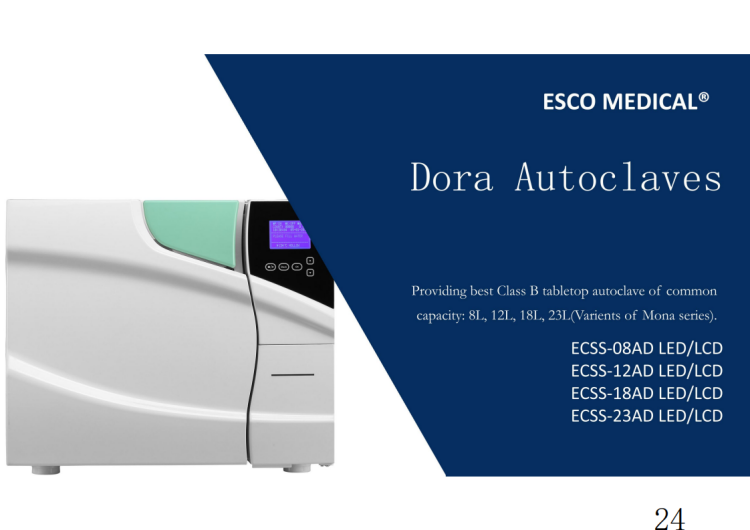High-yielding Cultivation Technique of Edible Rose "Red"
1 The characteristic features of "red ink" belong to the rose family of Rosaceae, deciduous or semi-evergreen shrubs, branching branches, plant height 60-80cm, prickly hypertrophy, hook-like, plume leaf, leaflets usually 5-7, leaves The surface is smooth, shiny, hairless, flowers constant or solitary, pedicels long, flowers deep, red with black, single flower weight 6-14 grams, an average of 7.5 grams, flowering from 3 to 10 months, almost all flowers can be seen all year round. The first year of planting 200-300 kilograms of flowers per mu, after the third year for the full flowering period, 500-700 kilograms per mu, with strong adaptability, multiple branches, easy flowers, long flowering period, high demand for fertilizer, not easy The characteristics of cutting propagation. And more hi light, adequate light, strong plant growth, large flowers, bright colors, the optimum temperature of 20-300C, strong growth from April to October, branches generally flowering, the average daily temperature above 350C growth is poor, below 50C into the dormant period, in Loose, fertile, slightly acidic soil with high content of organic matter, the most appropriate growth.
2 cultivation techniques
2.1 The propagation of seedlings can be grafted with the annual Hangzhou anvil or powdered rose for grafting. After grafting, the “red ink†has better adaptability and is grafted before budding. The one-year-old seedlings after grafting can be used as production seedlings after a short cut.
2.2 appropriate planting in the middle and late December planting is appropriate, digging planting ditch before planting, apply enough base fertilizer, Mushi farmyard fertilizer 1000 kg, ternary compound fertilizer 20 kg.
2.3 pruning time and methods Winter pruning is generally carried out before January 10, postponed will have a bad flow, affect the tree vigor, pruning of the growing season to master the entire inflorescence flower after the end of the harvest can be cut short, some take care of The branches can be adjusted at any time to improve ventilation and light transmission.
2.4 The management of fertilizer and water “red ink†has less roots, and it has been flowered many times a year. Therefore, the requirement for fertilizer and water is high. The soil requirements are slightly acidic, fertile, loose and loose. In the winter, the deep hoeing of the Huai River floods the ash. In September, a thin farmyard fertilizer can be applied every 15 days or so. Potassium 5-8 kg, when the spring buds once irrigation Xiushui, later depending on the weather irrigation.
2.5 Pest control The main diseases and pests of “red ink†are brown spot, powdery mildew, aphids, and red spider, etc., as most of them are consumed, avoiding the control of flowering at the flowering stage, and basically no medicine is used during the flowering period, and the powdery mildew on a few pedicels can be pruned and controlled. .
2.6 Flower buds are generally harvested 2/3 or harvested immediately after harvesting, and daily flowering time is taken at 10 o'clock in the morning after dried dew. Foods used for food are generally processed on the day of the day and should not be squeezed and piled, otherwise they will cause flowers to heat and ferment. Loss of aroma.
Most countries in the world now require the use of Autoclaves in tattoo rooms to sterilize surgical instruments, especially non-disposable needles, handles, hemostatic forceps, tweezers, etc. The specific standards vary. European and American countries generally require the use of sterilizers that meet Class B standards, while other countries and regions allow the use of the most economical and affordable portable autoclaves.
We provide the best b-class autoclaves for tattoo studios around the world, and provide different sizes (from 3L mini models to 45L giants), whether it is a large tattoo studio or a small tattoo workshop, You can find satisfactory sterilizers and peripheral equipment in our shop.
We provide the best pre-sales and after-sales service. For common problems, we provide online technical support. For problems that are difficult to solve, we will coordinate with local dealers to solve them for you, or directly mail new accessories to you free of charge. In addition, we have the best R&D team, withdrawing different products every year to meet the various needs of consumers. ESCO MEDCO is your best partner to establish a safe, clean and profitable tattoo studio.

autoclave for tattoo studio, autoclave for tattoo office, autoclave for tattoo use
Suzhou Escomedical Equipment Co.,Ltd , https://www.escodental.com